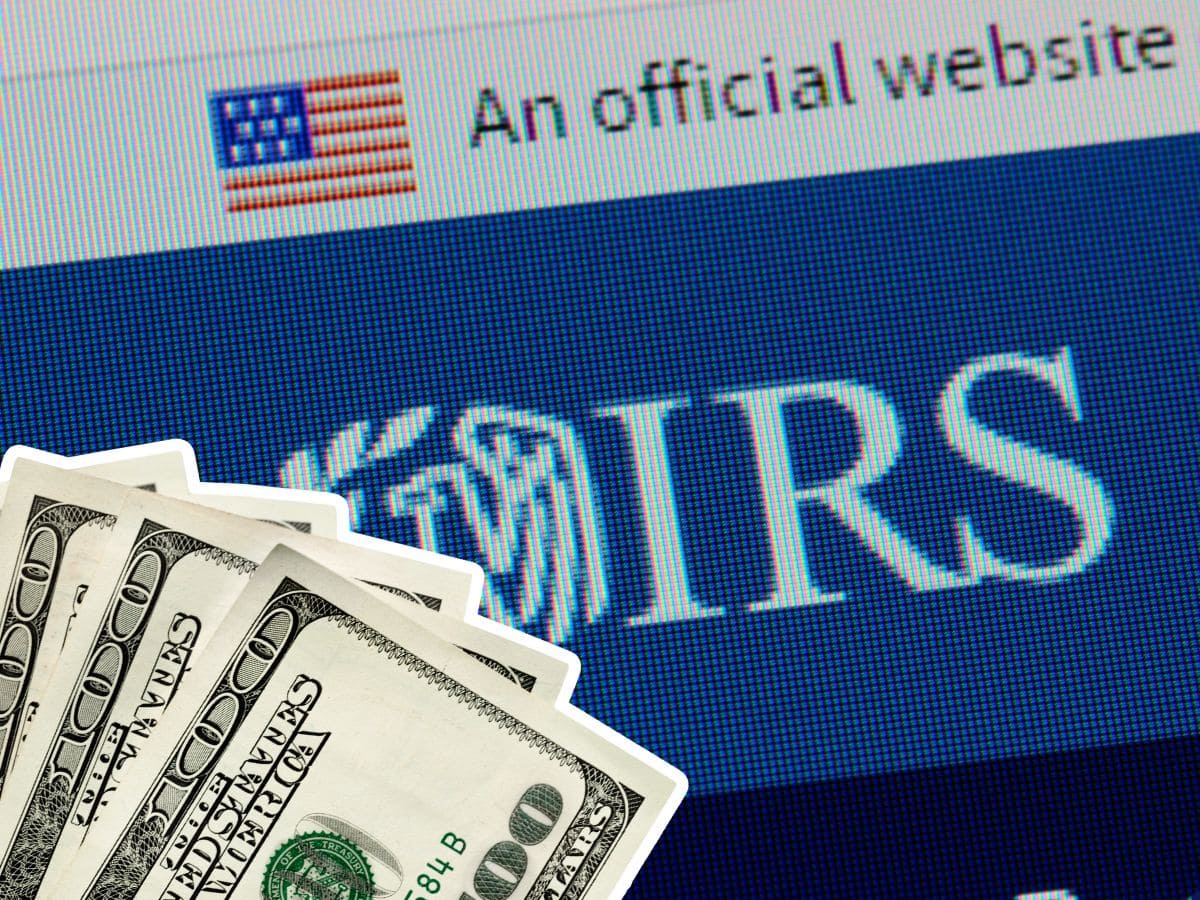The 2025 Tax Season in the United States has come to an end, but that doesn’t mean the IRS’s work is done. Millions of taxpayers filed their returns on time, but many others filed in the last few days or even requested an extension. As a result, the federal agency is still processing tax documents from citizens and residents.
Tax refunds continue to arrive for those who fulfilled their tax obligations and were eligible for some type of refund. This year, the term stimulus check has once again gained prominence, as some taxpayers have confused their tax refund with a possible extraordinary payment.
Although there is no new stimulus check approved at this time, the IRS continues to send refunds as normal, and many households are waiting to get theirs. Knowing where you stand in the process can help you avoid unnecessary worries and better plan your personal or family budget.
When does the IRS Tax Refund arrive?
The IRS’s issuance of tax refunds depends on several factors, especially the date the return was filed and whether it was filed electronically or on paper. In general, taxpayers who filed electronically and chose direct deposit get their money within 21 business days after their return is accepted.
Below is a guide showing the correspondence between the filing date and the estimated refund date:
- Return filed on April 1 → Estimated refund on April 22
- Return filed on April 3 → Estimated refund on April 24
- Return filed on April 5 → Estimated refund on April 28
- Return filed on April 8 → Estimated refund on May 1
- Return filed on April 10 → Refund estimated on May 5
- Return filed on April 12 → Refund estimated on May 7
- Return filed on April 15 (deadline) → Refund estimated on May 10
These dates are estimates and may vary if the IRS needs additional information, if errors are detected, or if the return is reviewed manually. In addition, those who requested an extension may get their refund much later, depending on when they completed their filing process.
How do I check my tax refund?
The IRS offers several tools to check the status of your tax refund. The most commonly used is the “Where’s My Refund?” application, available on the official IRS website. To access the status of your refund, you only need to enter three key pieces of information: your Social Security number or ITIN, your filing status, and the exact amount of your expected refund.
You can also check this information through the IRS2Go mobile app, which is compatible with Android and iOS devices. Both options allow you to get real-time updates on the progress of your refund, from the time your return is received until it is approved and the money is sent.
In some cases, if more than 21 days have passed since the electronic filing without receiving the refund, the IRS recommends contacting the agency directly or consulting with an attorney. Delays may be due to errors, suspected fraud, or the need for additional verification.
Keeping your documentation organized and filing accurately is key to ensuring that the process runs smoothly. In the meantime, checking the status of your tax refund periodically can give you peace of mind and help you anticipate its arrival.








